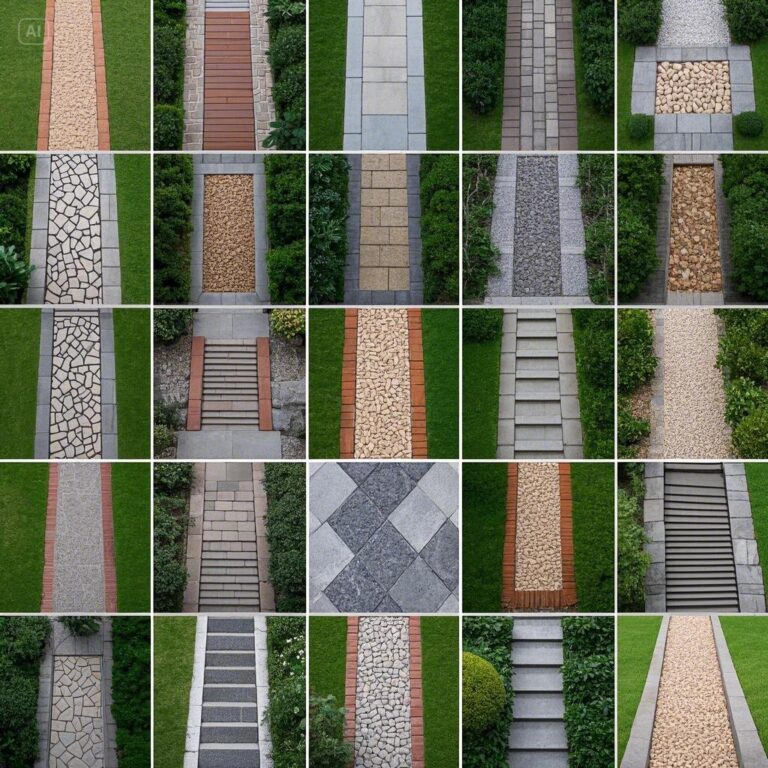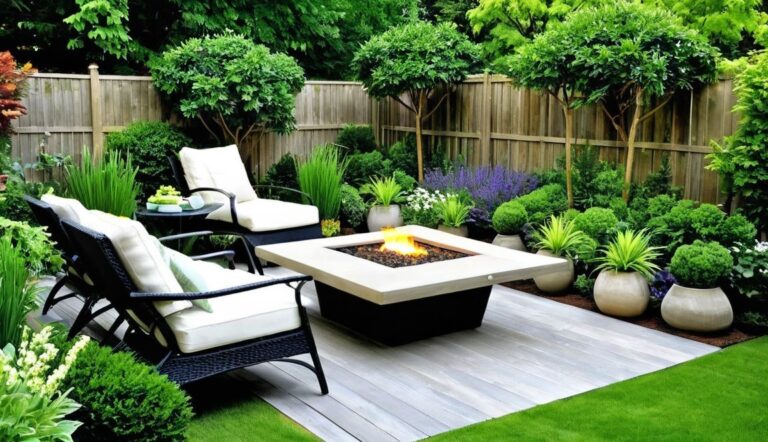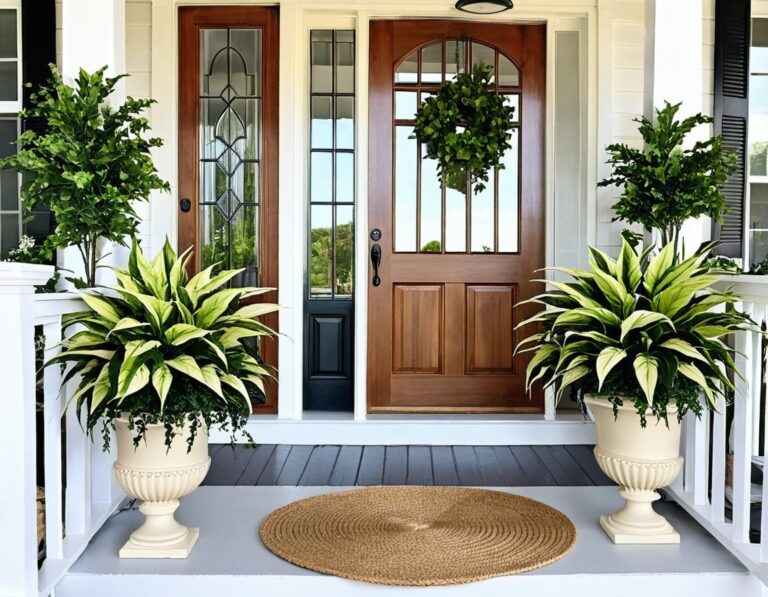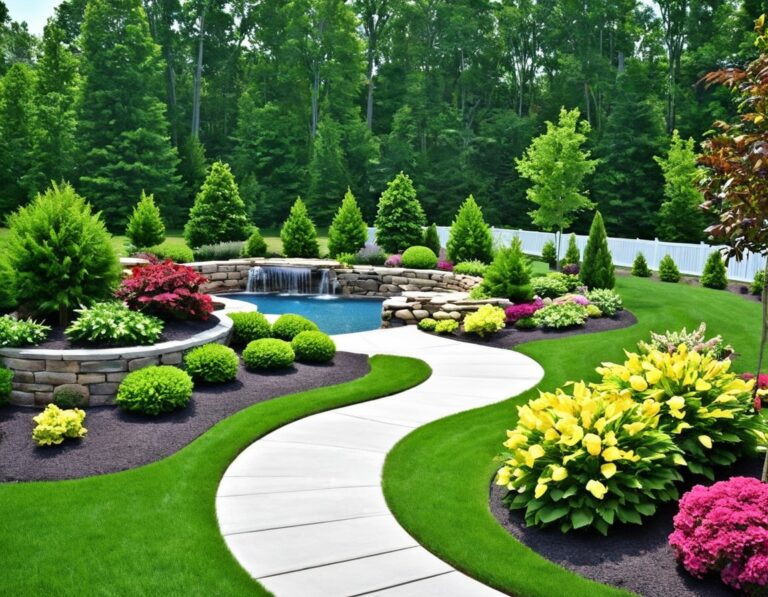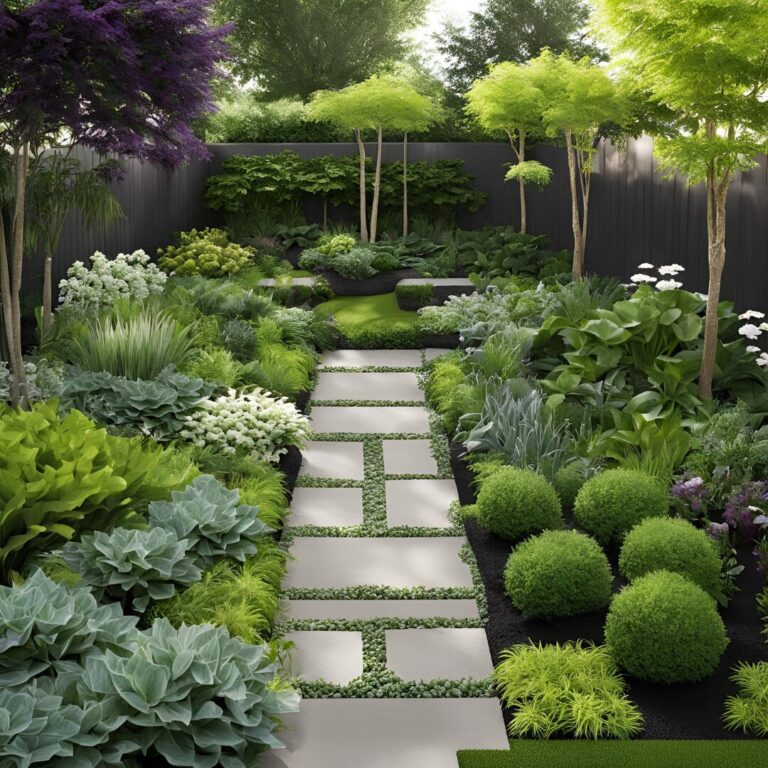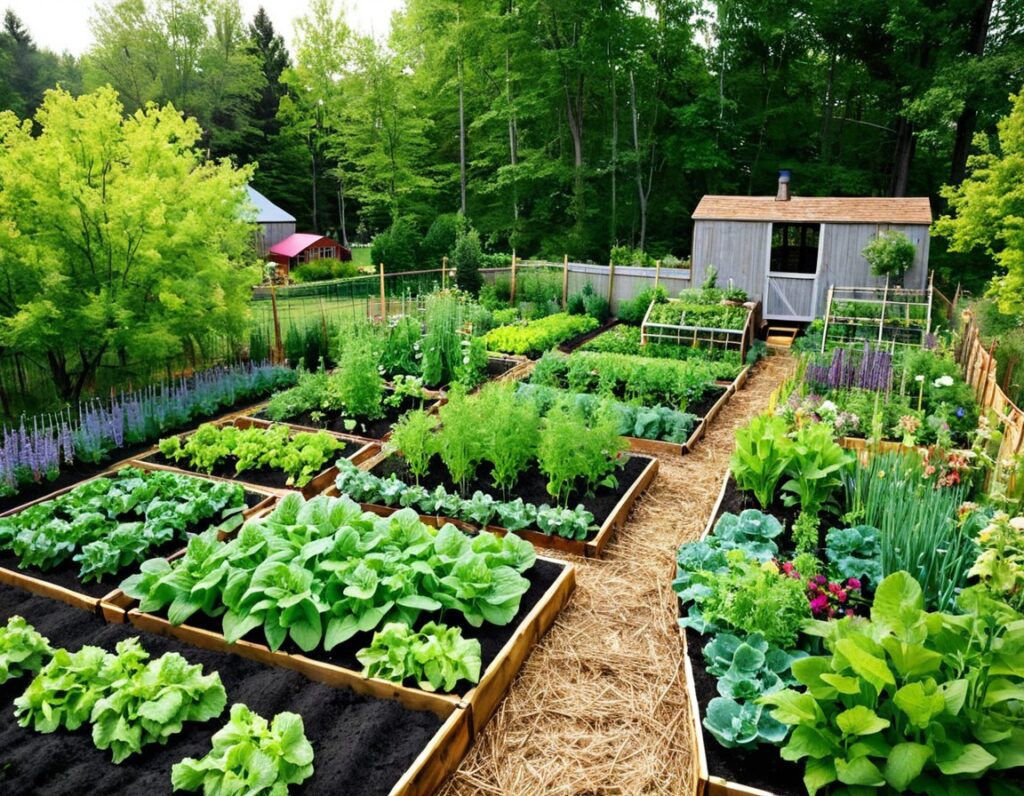
Gardening offers limitless possibilities for creativity and productivity, even if you’re working with a small piece of land.
From transforming a field into a thriving garden to utilizing containers or repurposed items, the right design can turn any space into a lush, productive oasis.
This article presents 12 innovative homesteading garden layouts and design ideas to help you maximize your garden’s potential.
Whether you’re a novice or an experienced gardener, these ideas cater to various needs and preferences, providing options that range from beginner-friendly to advanced setups.
Dive into these ideas to discover how you can cultivate beauty and sustenance in your garden.
1. The Beginner’s Garden
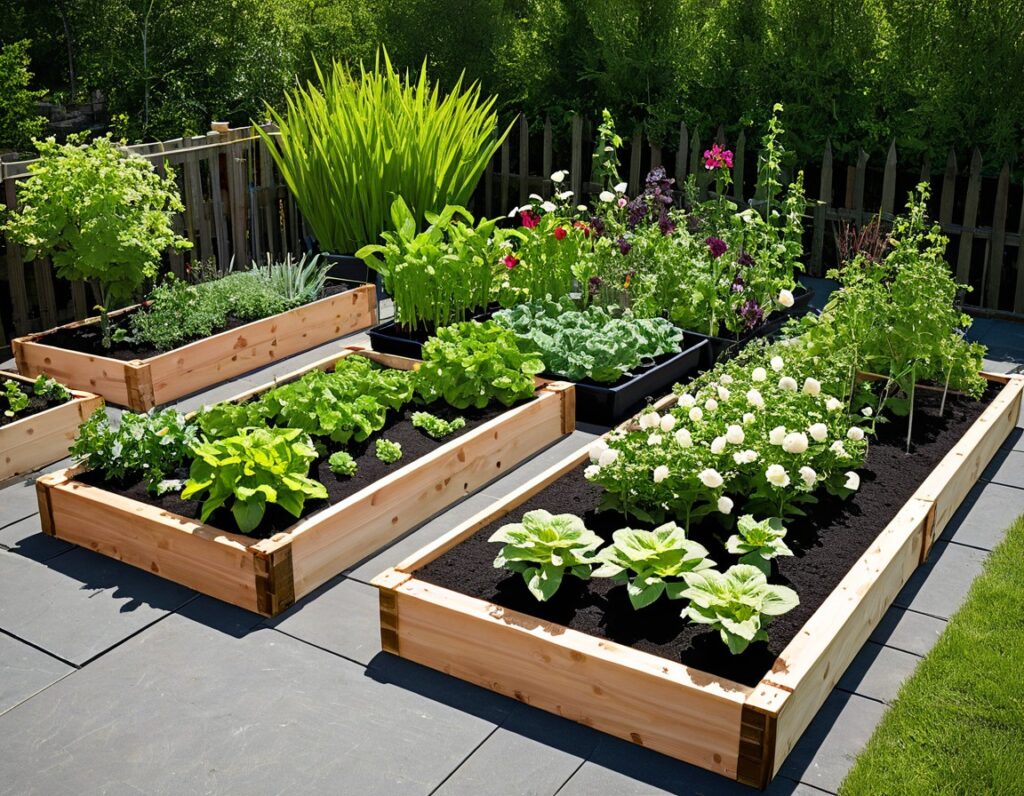
For those new to gardening, a beginner’s garden offers a straightforward and manageable layout. This design typically consists of 4′ x 4′ boxes, making it easy to plant, maintain, and harvest.
Each box can be dedicated to different types of plants, allowing for a varied and productive garden.
This layout is not only ideal for small spaces but also allows for easy expansion as you gain more gardening experience.
As you become more comfortable with the basics, you can gradually add more boxes or experiment with different plant varieties, making it a flexible and scalable option for novice gardeners.
2. The Homestead Garden
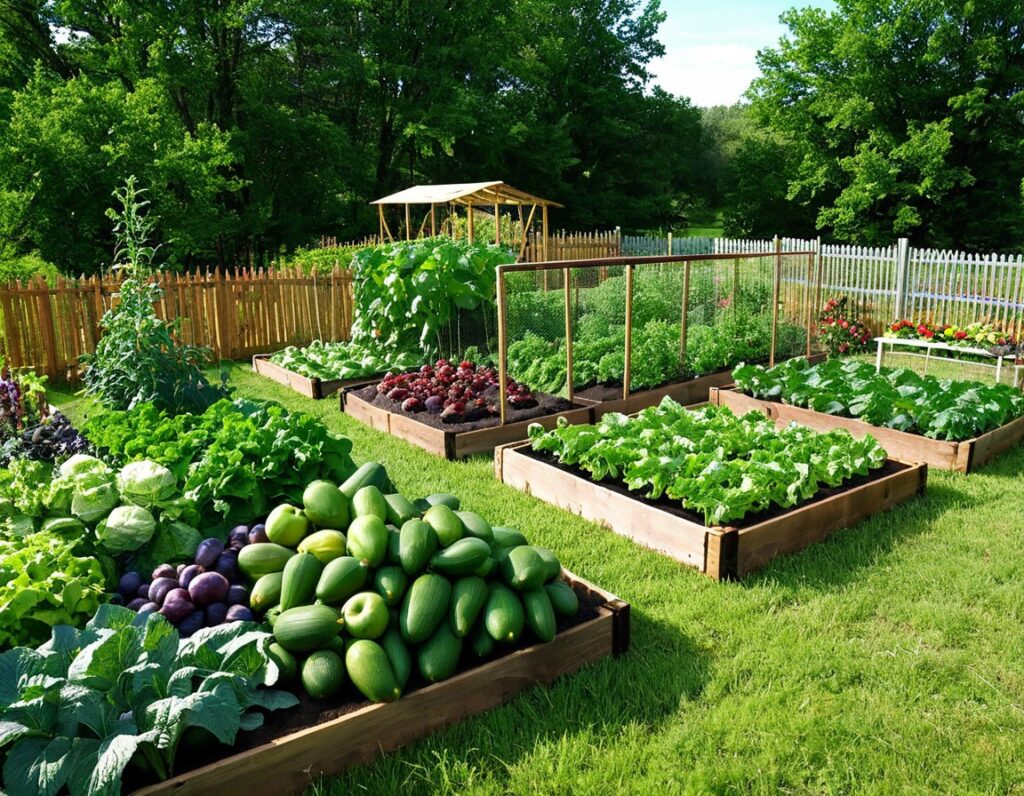
A homestead garden is designed for those looking to grow a wide variety of fruits and vegetables, often on a larger scale.
This garden is typically divided into sections, each dedicated to different types of plants, allowing for a diverse harvest. With careful planning, you can include walking paths and possibly a fence to protect your crops from pests.
While this type of garden requires a substantial amount of effort, the rewards are significant, providing a steady supply of homegrown produce. It’s a great option for those interested in self-sufficiency or even selling surplus produce.
3. The Garden Of Eatin’
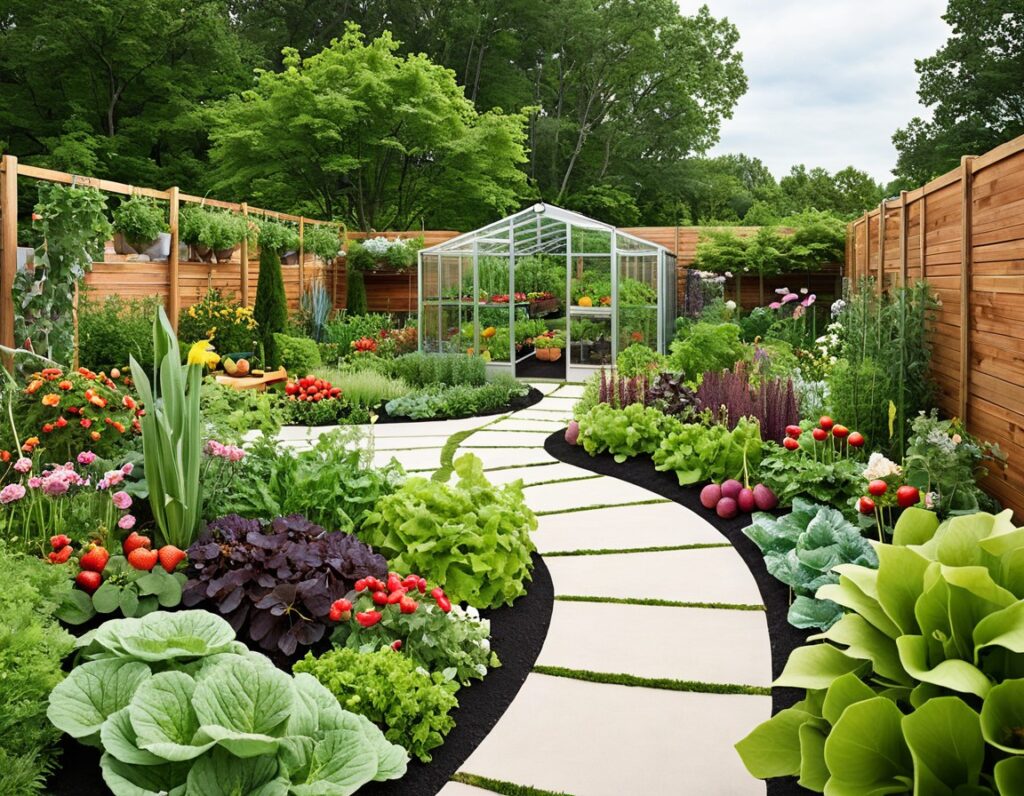
Inspired by the Garden of Eden, this modern garden integrates a wide range of fruits, vegetables, and flowers.
A potager garden, or kitchen garden, combines these elements in a visually appealing and productive space.
Key features include flowers to attract pollinators, perennial fruits like strawberries, a variety of vegetables, and additional elements like a greenhouse, chicken coop, compost bin, and rainwater collection system.
This type of garden not only provides a diverse harvest but also enhances the aesthetic appeal of your garden, making it a beautiful and functional space.
4. The Cook’s Garden
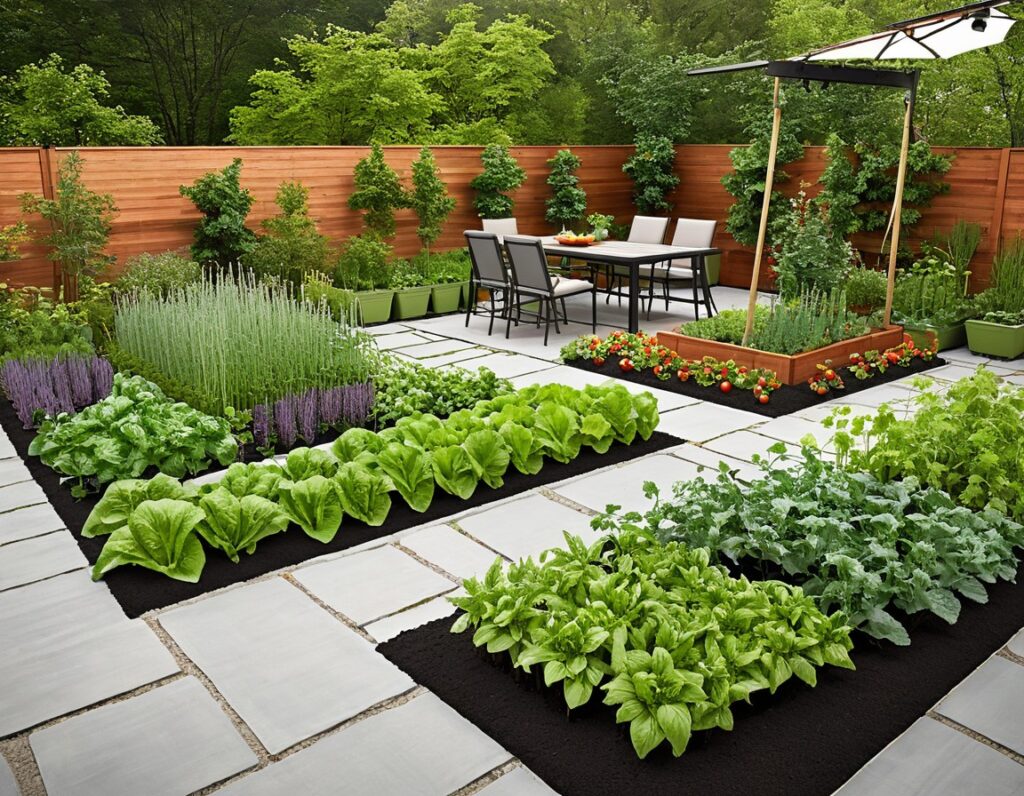
A cook’s garden is tailored to your culinary preferences, focusing on growing ingredients that you use frequently in your kitchen.
This layout involves planting herbs, vegetables, and fruits that align with your cooking habits. For instance, if you frequently cook with tomatoes or garlic, your garden will prioritize these crops.
A cook’s garden can range from a simple setup to a more elaborate design, depending on your needs.
By growing your own ingredients, you can enhance the flavor of your dishes and enjoy the satisfaction of using homegrown produce in your cooking.
5. The Canning Garden
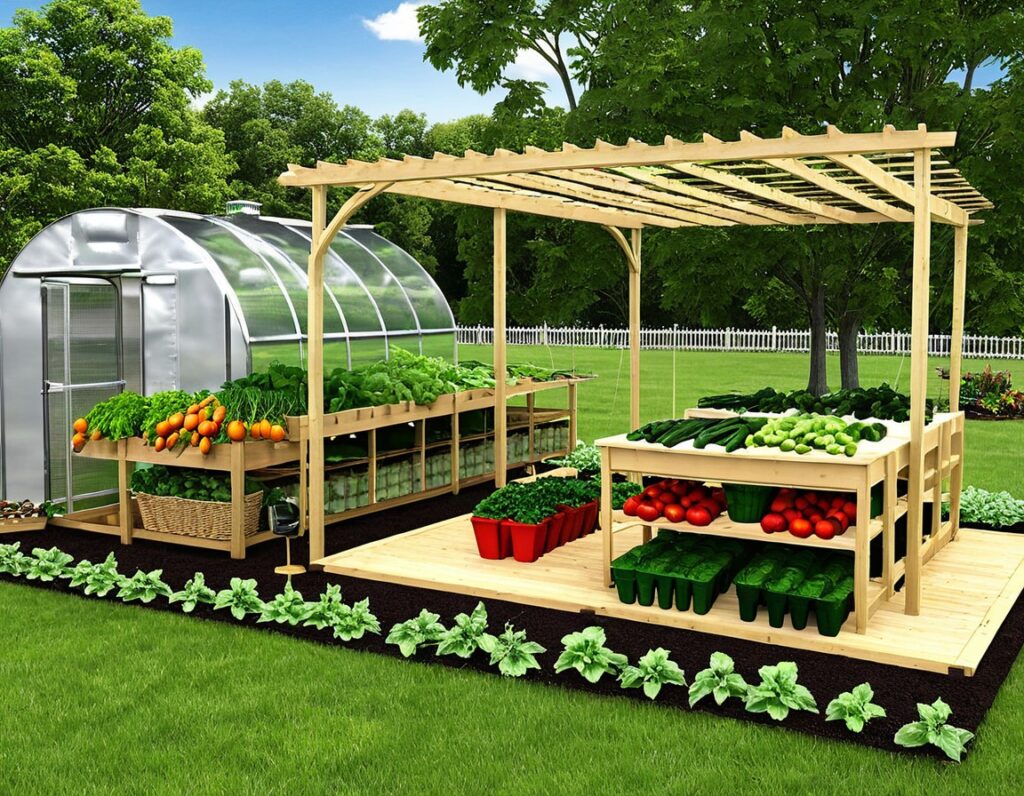
Ideal for those who enjoy preserving food, the canning garden is designed to produce a variety of fruits and vegetables suitable for canning.
This layout includes a range of crops that can be preserved through different methods, ensuring a well-stocked pantry by the end of the season.
It’s a practical choice for both novice and experienced preservers, allowing you to learn and refine your canning techniques as the garden grows.
By focusing on crops that lend themselves well to preservation, you can enjoy your homegrown produce throughout the year.
6. The Container Garden
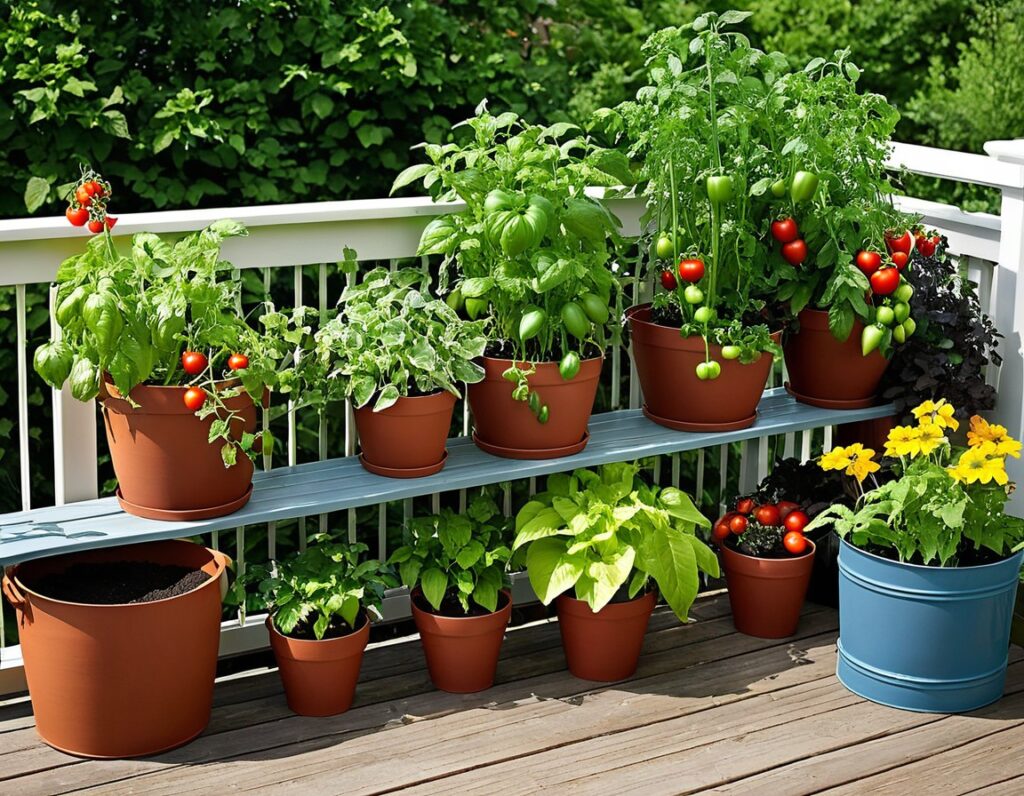
For those with limited space, a container garden offers a versatile solution. Containers can be placed on balconies, patios, or even windowsills, allowing you to grow a variety of plants in small areas.
You can theme your container garden based on the types of plants you want, such as a salsa garden with tomatoes and peppers or a salad garden with lettuce and herbs.
Containers are also ideal for growing herbs indoors. Just be mindful of sunlight and watering needs, as containers can dry out quickly and require regular attention.
7. The Raised Bed Garden
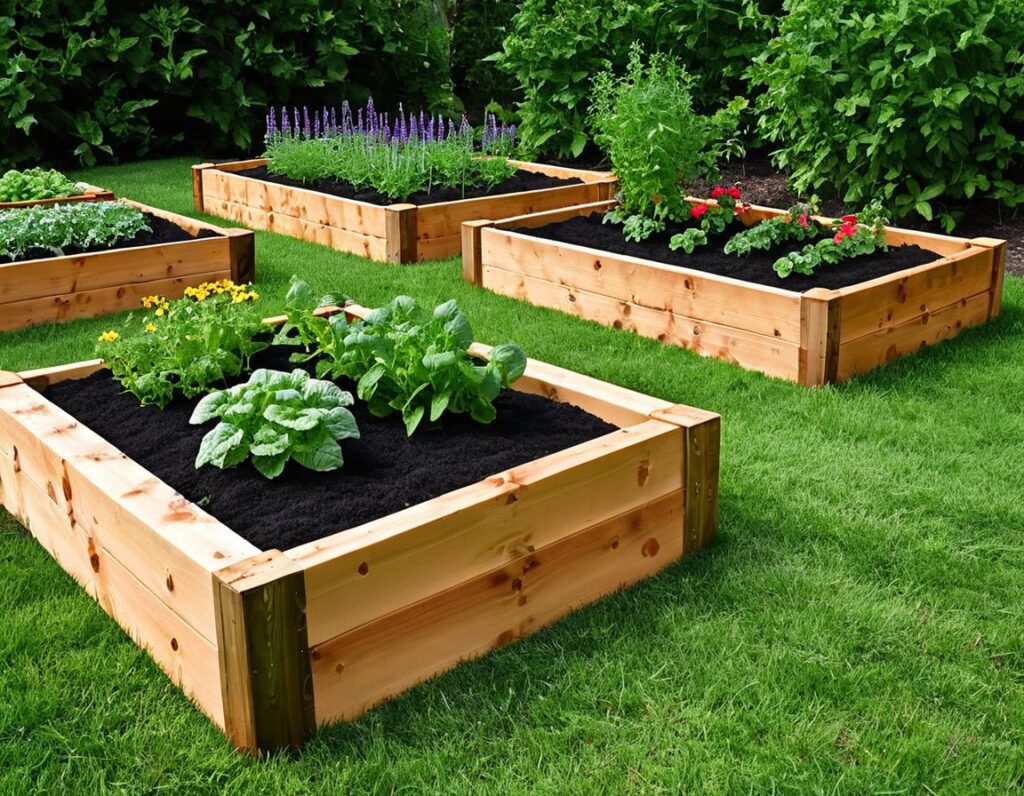
Raised bed gardening is an excellent choice if your soil is poor or if you encounter issues with rocks and roots. Raised beds can be constructed from wood, stone, or concrete, and are typically 12″-24″ high.
The most common size is 4′ x 8′, which allows easy access from both sides without stepping into the bed. This method improves soil drainage and aeration, making it easier to grow a variety of plants.
The soil mix, often called Mel’s Mix, includes compost, peat moss, and vermiculite, creating a fertile and well-draining environment for your plants.
8. The Square Foot Garden
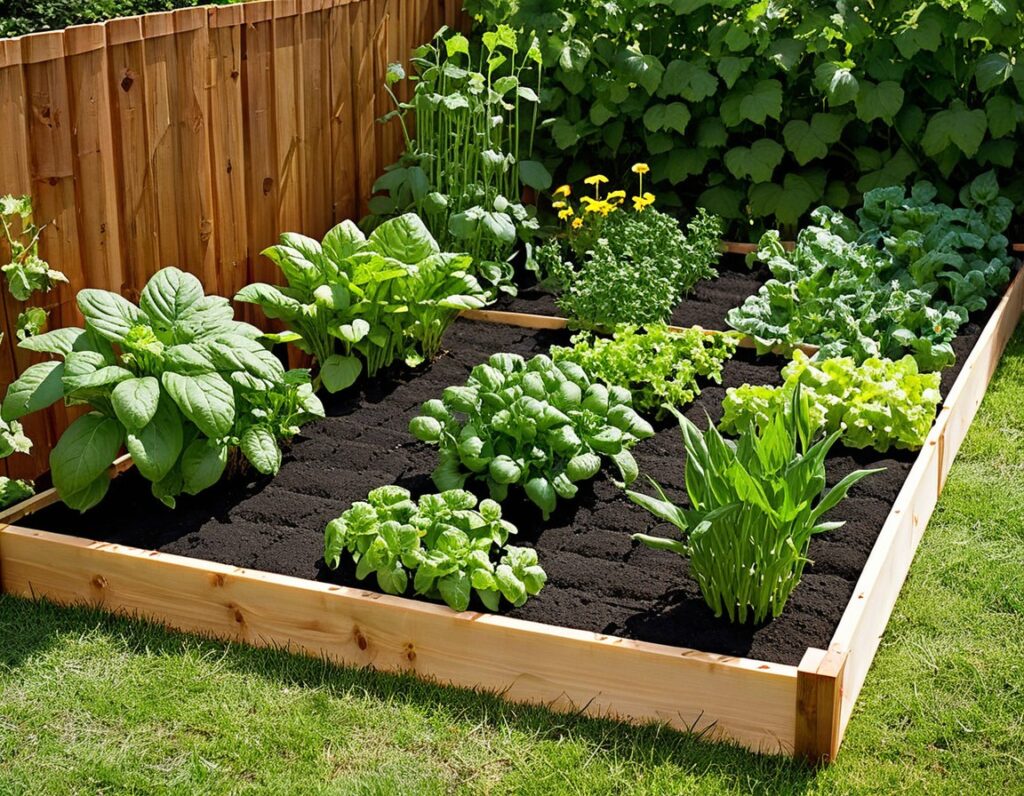
Perfect for small spaces, the square foot garden divides the growing area into 1-foot squares, maximizing space efficiency.
This layout is particularly useful for those who want to grow a variety of crops in a compact area. You can build a raised bed with square foot sections or use containers.
The system is designed to be easy to manage and maintain, making it suitable for both beginners and experienced gardeners.
By organizing your garden into squares, you can efficiently plant and harvest a diverse range of fruits, vegetables, and herbs.
9. The Hugelkultur Garden
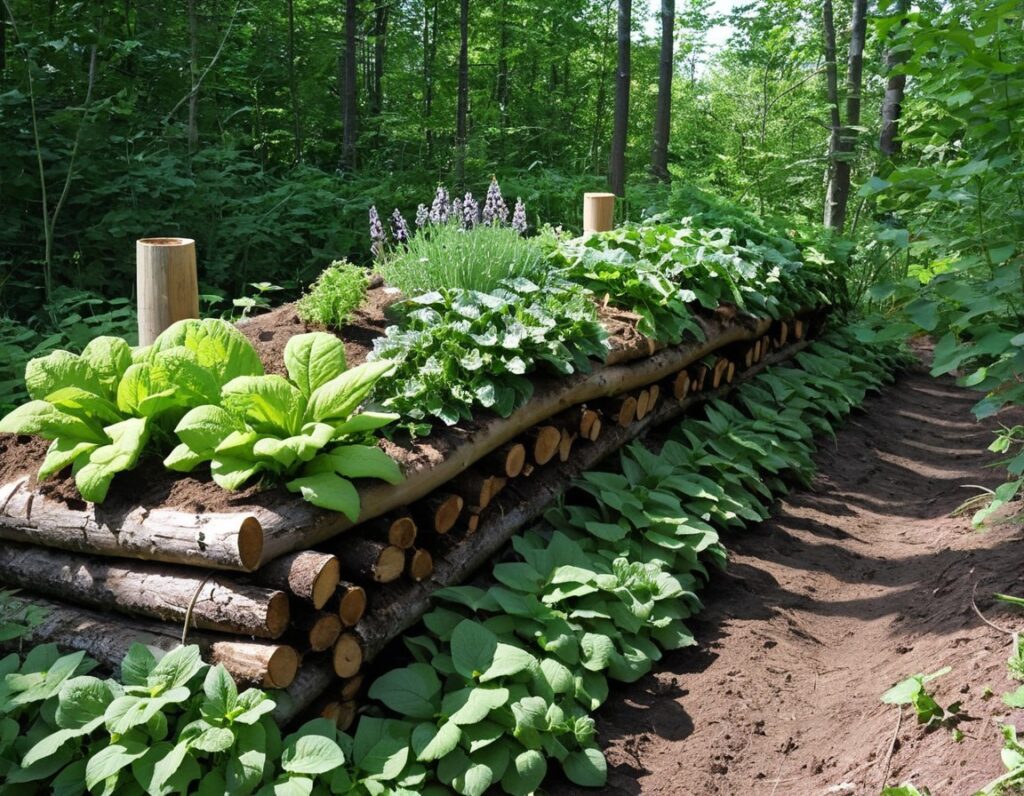
Hugelkultur is a gardening technique that involves creating a garden bed on top of a decaying wood pile.
This method repurposes fallen trees or branches, which decompose over time and enrich the soil with nutrients. Hugelkultur beds can be built to various heights and widths, providing flexibility in design.
As the wood breaks down, it improves soil fertility and moisture retention.
This method is particularly useful for creating fertile, low-maintenance garden beds in areas with poor soil quality, making it an effective and sustainable gardening approach.
10. The Ruth Stout Garden
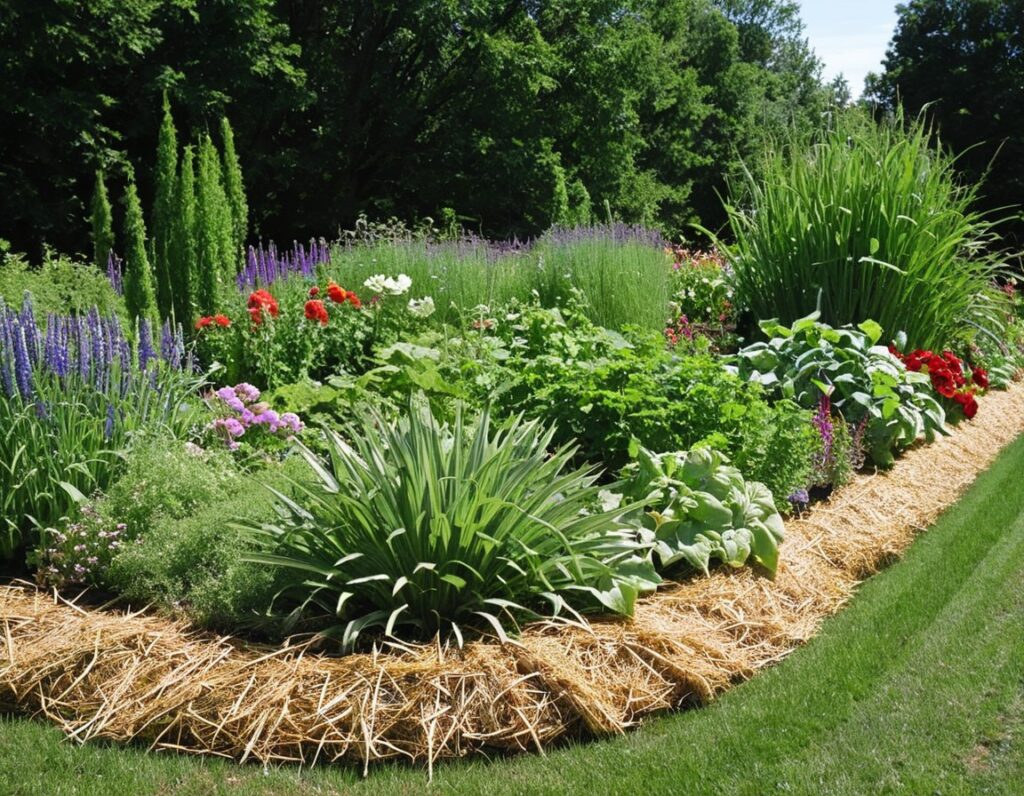
Named after its creator, Ruth Stout, this gardening method involves covering garden beds with layers of hay or straw, eliminating the need for tilling.
The hay acts as a barrier to prevent soil erosion and weeds, while gradually decomposing to enrich the soil. This no-till approach is beneficial in areas prone to high winds or heavy rains.
The Ruth Stout method simplifies garden maintenance and enhances soil health over time, making it a practical option for both novice and experienced gardeners looking for a low-maintenance solution.
11. The No-Dig Garden
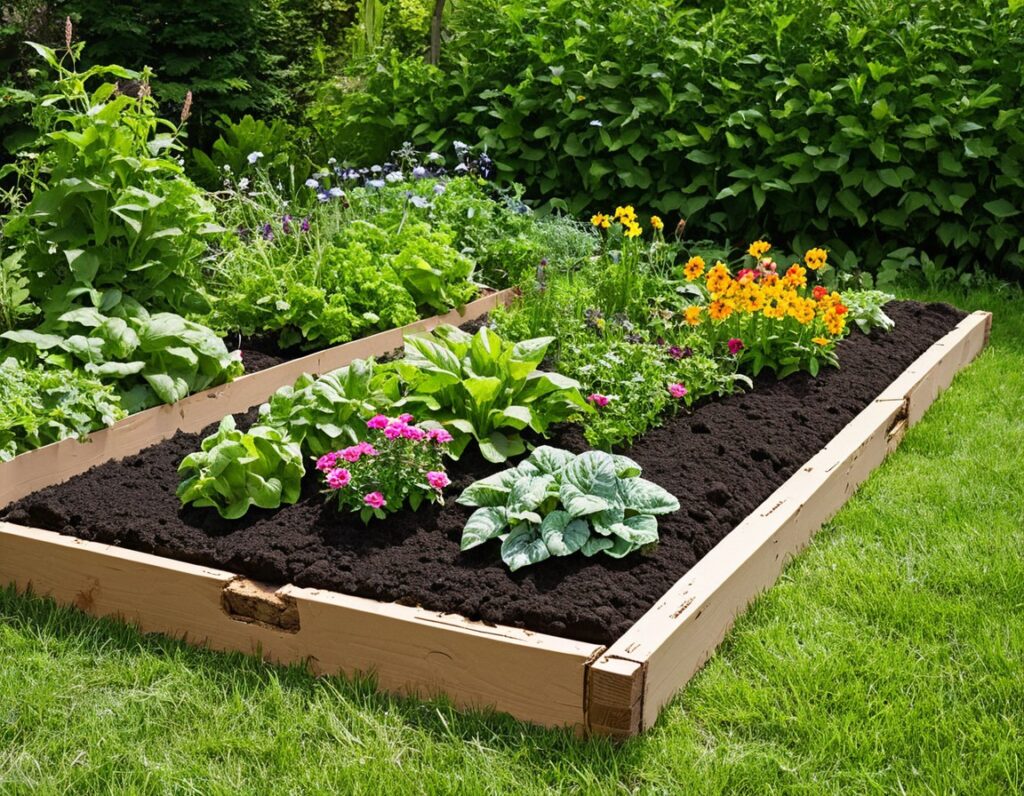
The no-dig garden method minimizes soil disturbance by layering compost, leaves, and other organic matter on top of the existing ground.
This technique involves placing a layer of cardboard or newspaper to smother weeds and grass, followed by a thick layer of compost.
Plants are grown directly in this compost layer or covered with mulch.
This method is ideal for beginners and those with limited space, as it requires minimal preparation and can be implemented directly on grass or concrete. The no-dig garden promotes soil health and reduces manual labor.
12. The Keyhole Garden
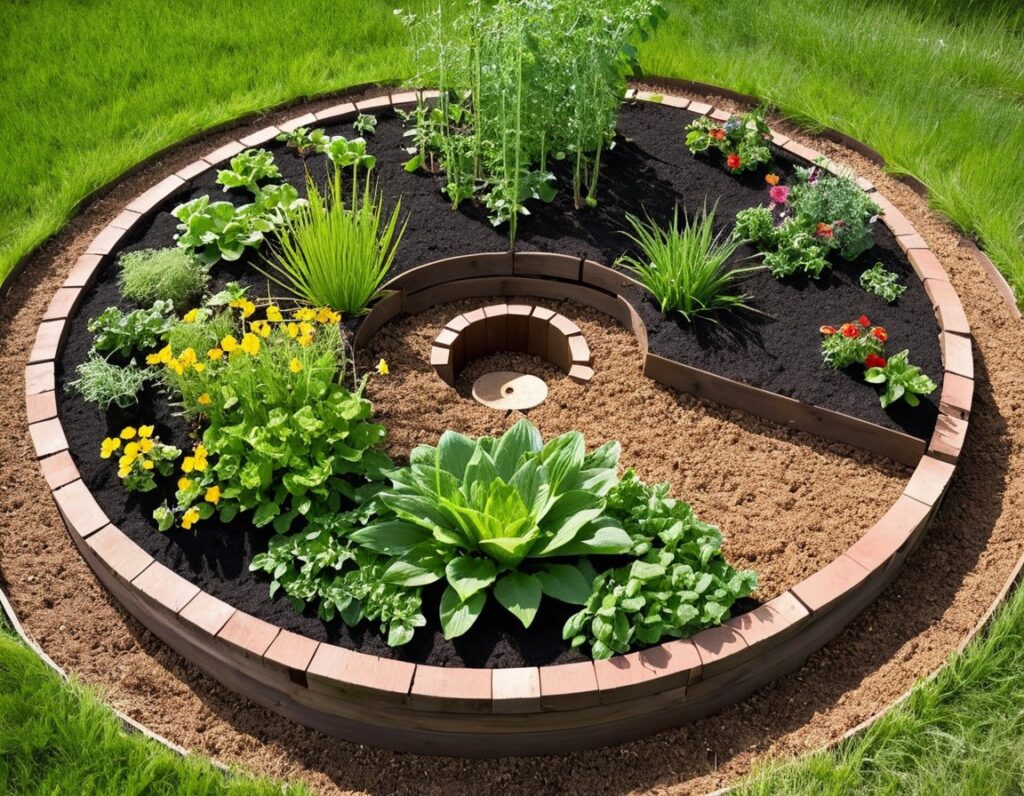
A keyhole garden is a permaculture design that optimizes space and accessibility. It features a circular garden bed with a central keyhole-shaped path that allows easy access to all plants without stepping on the soil.
The design typically includes a composting basket in the center, which provides nutrients as it decomposes.
This layout maximizes space efficiency and ensures that plants receive ample nourishment while minimizing soil disturbance.
The keyhole garden is particularly suitable for small areas and is designed to create a productive and low-maintenance gardening environment.
Conclusion
No matter the size or shape of your space, there’s a garden layout to fit your needs and aspirations. From beginner-friendly designs to intricate permaculture systems, these 12 homesteading garden ideas showcase the versatility and creativity that gardening can offer.
Whether you opt for a simple raised bed, a container garden, or a more advanced method like Hügelkultur, each design brings its own set of benefits and charms. Embrace these ideas to enhance your outdoor space, grow fresh produce, and create a garden that reflects your unique style and goals.
We hope these suggestions inspire you to start or revamp your garden, making it a place of beauty, nourishment, and joy.

